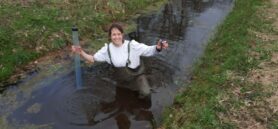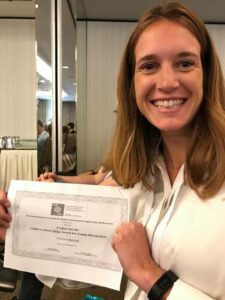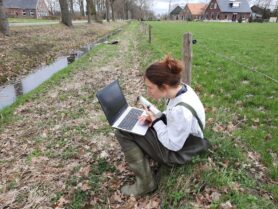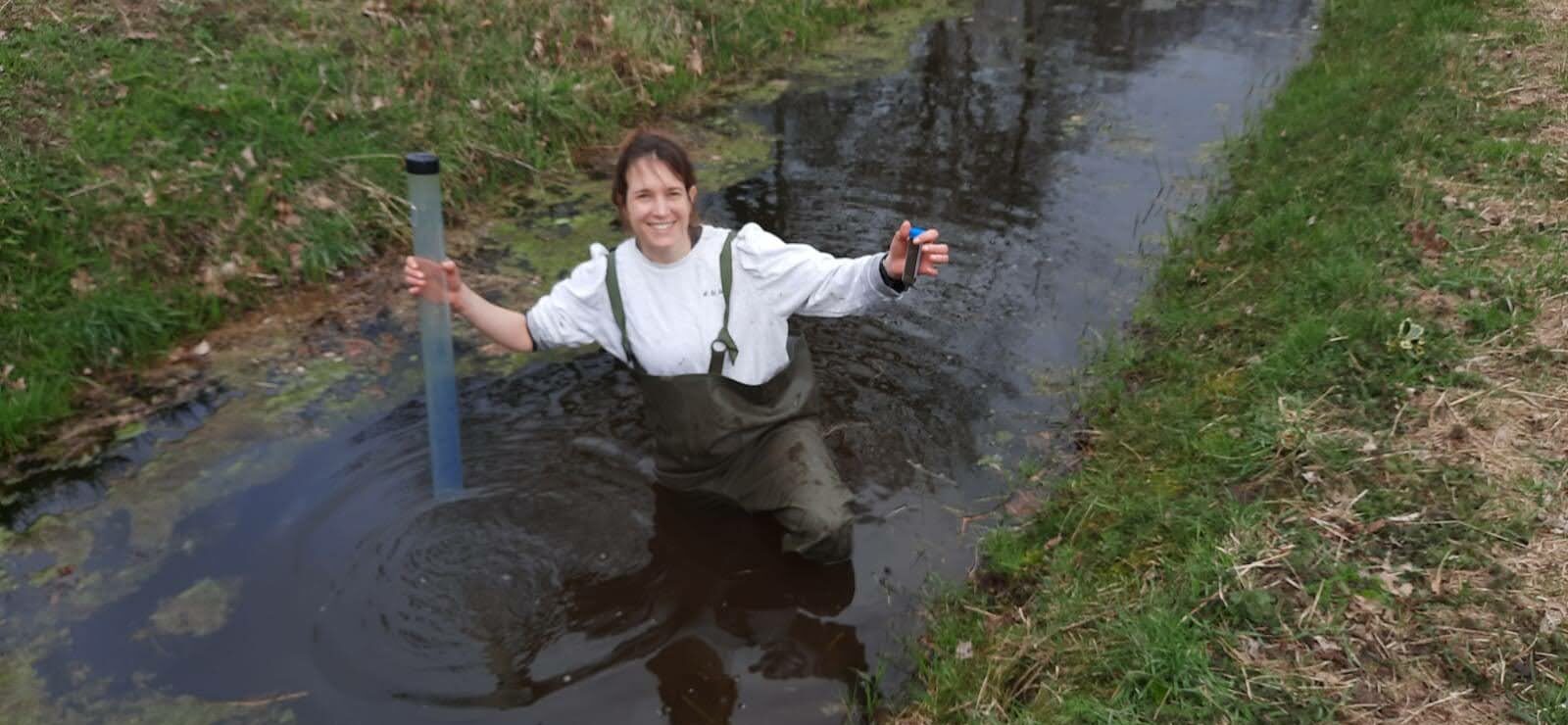Blogs
Time flies and my PhD is coming to an end!
I am very grateful for this experience in the P-TRAP project, I could work together with very interesting people I can now call friends and learned a lot about diffuse source phosphorous transport. On this blog I want to share a snapshot of each chapter of my thesis while I am also searching for the next step in my career.
Besides writing my thesis, I did a very interesting secondment at Arcadis, supervised the master’s thesis of Menno Tiesma (TU Delft), and could present my work on motivating congresses and workshops even winning the 1st prize for young researchers at the 7th IAHR European congress this summer!
 |
 |
 |
The thesis I am now finishing writing is titled “Improving the management of surface waters draining agricultural areas to retain and recovery of iron associated phosphorus”. The first two chapters are focused on how to quantify the phosphorous transport from agriculture to the rivers and lakes, and the last two chapters are about the implementation of measures that use iron-by products to retain phosphorus in agricultural catchments.
The first chapter “Processes controlling the flux of legacy phosphorus to surface waters at the farm scale” is published in Environmental Research Letters. Here we used high-frequency sensors and auto-analyzers to understand the transport of phosphorous and nitrogen from the soil to the surface waters. We propose a mass balance and explained how phosphorous transport is linked to the iron content in the sediment and subsoil.
The second chapter “Value and limitations of Machine Learning in high-frequency nutrient data for gap-filling, forecasting, and transport process interpretation” is submitted to Journal of Environmental Monitoring and Assessment. Sensor data offers the challenge dealing with large amounts of data, especially for post-processing and dealing with missing data. We used random forest to complete the data series and calculate the annual phosphorous and nitrogen loads at the monitoring station. Moreover, we evaluated to what extent data-based models are valid for prediction with and without system changes such as dry/wet years and the introduction of water retention measures.
The third chapter “Phosphorus adsorption on iron-coated sand under reducing conditions” is resubmitted after minor revisions to Journal of Environmental Quality. One of the main concerns when applying iron-coated sand filters is if they are still suitable for phosphorous retention under reducing condition. We combined fieldwork monitoring of two pilot filters in the tulip field are of the Netherlands with mesocosm laboratory experiments to investigate the effect of redox gradients on the iron-coated sand.
The fourth chapter “Kinetics of phosphate adsorption on iron-coated sand and the implications for its use in water treatment” is submitted to Journal of Contaminant Hydrology. Although iron-coated sand filters are used in full-scale, there were still doubts about the maximum adsorption capacity that could be achieved and which were the best operation and maintenance practices. We developed a reactive transport model that can be run in R that considers the long-term phosphorous retention and calculates the efficiency under different flow velocities and stop-flow regimes.
I want to thank all our blog readers and everyone that has collaborated to this project, I could not have done it alone. Thanks for your support!
Victoria

